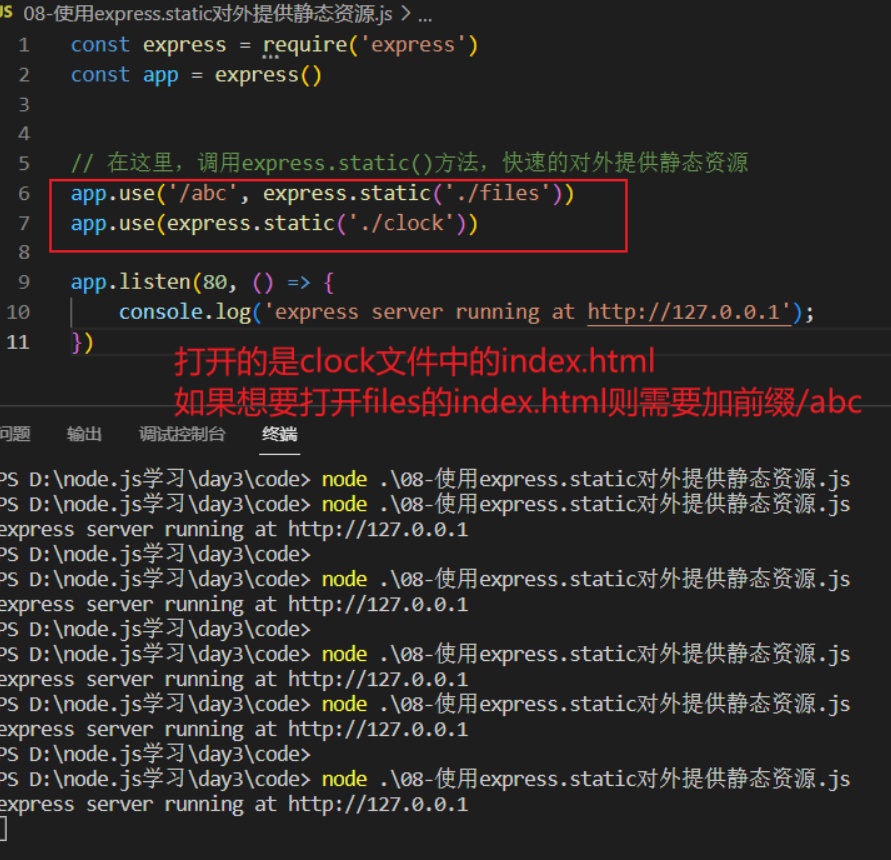
Of course, for some serious web scraping, I recommend using PhantomJS. This is because, in NodeJS, everything is asynchronous, so we need to pass the url and file from the loop to a separate function:Īnother good nodeJS module for doing curl like web scraping is curlrequest. Then I did a for-loop to iterate through the array and inside the loop, I put the request function, passing the file and url parameters, and some console.log() calls to print what’s happening:Īs you can see from the output, only the second url and file was scraped.
#NODEJS URL PLUS#
First, I added the request and filesystem module to my script plus the array of URLs I want to scrape. Looking around, I found a great nodeJS module called request which is a small abstraction on top of http.request and makes writing my script much easier. But, I want to write the response to a file and do some looping so that I can use an array of URLs instead of just making a request to one URL. When you create web applications using NodeJS, you will eventually need to perform a URL redirect for two common reasons: The previous URL has been moved to another URL (301 or 302 redirect) The request is unknown (404) This tutorial will help you do both redirects using native NodeJS http module and Express framework. Well, looking at the nodeJS API, it’s clear that HTTP.request gives you something that looks like a Curl equivalent. If you have not installed ExpressJS you can do so with the following command.

When parsed, a URL object is returned containing properties for each of these.

Here are the steps to get data from URL in NodeJS. A URL string is a structured string containing multiple meaningful components.
#NODEJS URL HOW TO#
const express = require('express') Īpp.If you are familiar with Curl, the command line tool for transferring data with URL syntax, you might wonder how can that be done with NodeJS. In this article, we will look at how to get data from URL in NodeJS. It assumes that the Application URL text box in the Node.js cPanel tool is set to mycoolapp.

By using URL module, it provides us with so many properties to work with. It can be accessed using: var url require ('url') Url module is one of the core modules that comes with node.js, which is used to parse the URL and its other properties. These API endpoints have different values with respect to different values passed inside them. As suggests: The URL module provides utilities for URL resolution and parsing.
#NODEJS URL CODE#
The following code sample demonstrates how to do this using the popular Express web application framework. Node.js Server Side Programming Programming We can embed path variables into the URL and then use these path parameters to retrieve info from resources. You need to include the application URL in your routes to resolve this problem. Struggling with Node.js troubleshooting? ChemiCloud is the hosting solution designed to save you time! 🤓 Check out our Node.js Hosting plans! How to fix the error Node.js application error message: “Cannot GET” URL This Knowledgebase article will cover how to resolve this error. This behavior differs from most other web environments where / is typically the root path. When you create an application in the Node.js cPanel, too, Passenger uses the value in the Application URL text box to create the root path.įor example, if the APplication URL text box is set to ‘mycoolapp’ then the root path for the application is not “/” but is actually “/mycoolapp”. The querystring.stringify() method produces a URL query string from a given obj by iterating through the object's 'own properties'.
You are receiving this because the Node.js implementation in cPanel uses Phusion Passenger to manage Node.js apps. encodeURIComponentThe getters and setters implement the properties of URL objects on the class prototype, and the URL class is available on the global object. Sometimes when using Node.js for your application(s) you may receive an error about the app being unable to “GET a URL”. Node.js URL () Method Last Updated : 18 Aug, 2020 The ‘url’ module provides utilities for URL resolution and parsing.


 0 kommentar(er)
0 kommentar(er)
